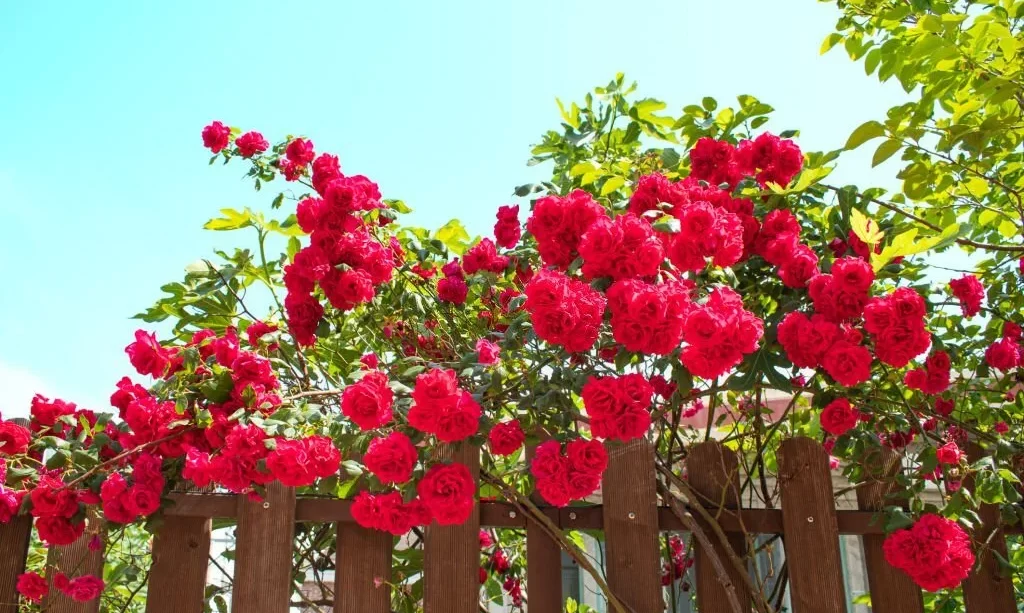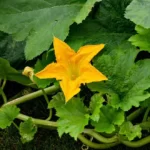Roses, with their delicate petals and captivating fragrance, have long held a special place in the hearts of people around the world. They are more than just flowers; they are symbols of love, beauty, and deep emotion. But have you ever wondered where these beloved blooms come from? The story of roses is a journey through time and across continents, tracing their origins to ancient civilizations and their enduring presence in our lives today.
- For peak freshness, all orders are delivered directly to your doorstep. Please confirm arrival date during order checkout.
- To add a personal message, select “This is a gift” in your cart or at checkout. Add your name to ensure they know who the sender is. When the flowers arrive, peel back the shipping label to reveal the gift message.
- Our fresh flower bouquets arrive to you in their bud stage. This ensures smoother travel & longer lasting blooms. Expect the flowers to open within 2-3 days. Flowers are not for human or animal consumption.
- Remove flowers from the box, trim stems 1 inch & place in a vase with fresh water & flower food. We recommend changing the water often to get more bloom life from the bouquet. Keep out of direct sunlight & extreme heat.
- Includes 24 vibrant red roses, perfect for gifting, celebrations, or adding romance to any space. Carefully packed to ensure freshness, ideal for anniversaries, birthdays, or “just because” moments.
Ancient Beginnings – The Birthplace of Roses
To understand the origin of roses, we must delve into their ancient beginnings, a tale that begins in the cradle of civilization:
- China, the Birthplace: It is believed that the very first roses originated in ancient China over 5,000 years ago. These early roses were likely single-petaled and ranged in color from white to deep red. The Chinese cultivated roses for their beauty and fragrance, making them an integral part of their culture.
- Persia, the Land of Perfume: Roses soon found their way to Persia (modern-day Iran), where they earned the title “The Land of Roses”. Here, rose cultivation was not just for aesthetics but also for the production of rosewater and perfumes. The Persians cherished roses for their culinary and medicinal uses as well.
- Egypt, Roses for Royalty: The ancient Egyptians revered roses, using them in ceremonial garlands and perfumes. Roses held such high regard that they were often used as offerings to the gods and adorned the tombs of pharaohs.
- Mythology and Literature: Roses made their presence felt in mythology and literature during these ancient times. They were associated with goddesses like Isis and Aphrodite and became symbols of love, beauty, and passion. In poetry and stories, roses became metaphors for human emotions.
The journey of roses from their origins in the East to their eventual spread to the West is a testament to their enduring appeal and cultural significance. In the sections that follow, we will explore how roses made their way from these ancient civilizations to Europe and the rest of the world, evolving and adapting along the way to become the cherished blooms we know today.
Spread of Roses – From East to West
The journey of roses from their Asian origins to Europe and beyond is a fascinating tale of cultural exchange and botanical exploration:
- Silk Road and Trade Routes: Roses began their westward journey along the ancient Silk Road and various trade routes. Merchants, travelers, and explorers played a pivotal role in introducing roses to different regions.
- Arabian Influence: The Arab expansion in the 7th century contributed significantly to the spread of roses. Arabs, renowned for their appreciation of gardens and perfumes, cultivated roses in Spain and North Africa, further integrating them into European culture.
- Crusaders and Medieval Europe: During the Crusades, European knights returning from the Middle East brought back not only spices and silks but also exotic plants, including roses. These “Damask” roses from the Middle East had a profound impact on European rose cultivation.
The Renaissance of Roses – European Cultivation and Hybridization
The Renaissance period in Europe witnessed the revival of interest in roses and the emergence of new varieties:
- Monastic Gardens: Monasteries in medieval Europe became centers of horticultural knowledge. Monks diligently cultivated and hybridized roses, contributing to the diversity of rose varieties.
- Empress Josephine’s Rose Garden: Empress Josephine of France, an avid rose enthusiast, created a renowned rose garden at Château de Malmaison in the late 18th century. Her passion for roses spurred the development of new cultivars.
- English Rose Breeders: English horticulturists like David Austin made significant contributions to rose hybridization in the 20th century. His creation of “English Roses” combined the charm of old-fashioned roses with the repeat-blooming qualities of modern varieties.
Roses in Modern Times – Global Varieties and Commercial Production
In the modern era, roses have evolved into a global botanical phenomenon with diverse varieties and commercial significance:
- Global Varieties: Today, there are thousands of rose varieties, each with its unique characteristics, colors, and fragrances. From classic hybrid tea roses to wild species, roses have adapted to various climates and preferences.
- Commercial Rose Production: The rose industry has become a major global enterprise, with countries like Ecuador, Colombia, and Kenya being leading producers of cut roses. These roses are shipped worldwide, making roses available year-round.
- Breeding and Innovation: Modern breeding techniques, including hybridization and genetic engineering, have led to the creation of new rose varieties with improved disease resistance, fragrance, and flower forms.
The journey of roses from their Asian origins to their place in modern gardens, global trade, and commercial production is a testament to their enduring popularity and adaptability. Their rich history and cultural significance continue to make them cherished symbols of love and beauty across the world.
Symbolism and Cultural Significance
Roses have transcended their botanical beauty to become powerful symbols in cultures worldwide:
- Love and Romance: Perhaps the most iconic symbol, the red rose represents love and passion. It’s no wonder that red roses are exchanged as expressions of affection on special occasions like Valentine’s Day.
- Cultural Variations: The symbolism of roses varies across cultures. In Greek and Roman mythology, roses were associated with goddesses like Aphrodite and Venus, embodying love and beauty. In Japan, the rose represents the transient nature of life.
- Religious Significance: Roses also hold religious significance. In Christianity, the Virgin Mary is often depicted with roses, symbolizing her purity and love. In Islam, roses symbolize the mysticism of Sufi poets.
- War and Peace: The white rose has been used historically as a symbol of peace and purity, while the red rose symbolizes courage and sacrifice. These dual meanings have been evident in events like the Wars of the Roses in England.
Modern Uses of Roses – Beyond Ornamentation
Roses have found practical applications beyond their ornamental value:
- Perfumery: The extraction of rose essential oil and rosewater from petals has been a tradition for centuries. These aromatic products are used in perfumery, cosmetics, and aromatherapy.
- Culinary Arts: Roses are used in cuisine, both for their flavor and visual appeal. Rosewater and rose petals are featured in dishes, desserts, and beverages in various cuisines, including Middle Eastern, Indian, and European.
- Medicinal Uses: Roses have medicinal properties, with rosehip oil being rich in vitamins and antioxidants. Rose tea is consumed for its potential health benefits, including immune support and stress relief.
- Cultural and Ceremonial Uses: Roses are an integral part of ceremonies and celebrations worldwide. They adorn weddings, religious rituals, and funerals, reflecting their enduring cultural significance.
Conclusion
The history of roses is a tapestry woven with threads of beauty, love, and cultural significance. From their ancient origins in Asia to their journey along trade routes, roses have captivated hearts and inspired art, literature, and symbolism for millennia.
Today, roses continue to thrive as cherished blooms with diverse varieties and modern applications. They symbolize love and passion, and their cultural significance resonates across societies and religions. Beyond their aesthetic allure, roses have found their place in perfumery, cuisine, and holistic wellness.
The story of roses is not merely a botanical tale; it’s a testament to the enduring connection between humans and the natural world. As we admire the petals of a rose, we are also gazing upon the pages of history, rich with love, symbolism, and the timeless beauty of these beloved blooms.




